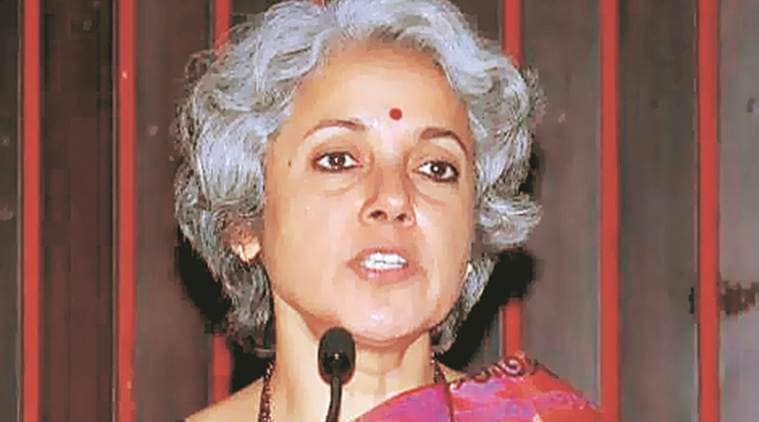According to the findings of the India State Level Disease Burden Initiative, published in the Lancet Child and Adolescent Health recently, if trends upto 2017 continue the National Nutrition Mission (NNM) 2022 and WHO and UNICEF targets 2030 will not be achieved in most Indian states.

Malnutrition continues to be the underlying risk factor for the deaths of children under the age of five years of age in India and contributed to 68.2 per cent of such deaths in 2017. According to the findings of the India State Level Disease Burden Initiative, published in the Lancet Child and Adolescent Health recently, if trends upto 2017 continue the National Nutrition Mission (NNM) 2022 and WHO and UNICEF targets 2030 will not be achieved in most Indian states. DR SOUMYA SWAMINATHAN, Chief scientist at World Health Organization and first author on this paper told Anuradha Mascarenhas that the study findings have highlighted where efforts need to be intensified.
India has been trying to address child malnutrition for many decades through various policy initiatives but the prevalence of stunting, wasting and underweight remains high. Why?
As the paper shows, rates of decline have been very slow. It also shows the differences between states, and highlights that undernutrition still risk factor for deaths of children under five years. Reason for slow decline is multi factorial – stunting and low birth weight are not just related to intake of food and nutrients – but it is related to a number of causes, for example, enteric infections, which are linked to water and sanitation. So, one cannot solve the problem of stunting only by increasing access to nutritious food, but need to address issues like better housing, clean water and sanitation. Stunting is an inter-generational problem and growth retardation starts from the time the baby is in the womb. So if you have a malnourished mother then you will have a low birth weight child which is likely to be grow up stunted .
With Poshan Abhiyan, the Centre plans to take message of nutrition to remote parts of the country. Is this sustainable?
I think it is and can be sustainable as it is done through existing channels like the departments of Women and Child Development, Education and Health. The issue is we need to have an integrated health and nutrition program. The nutrition programme run by Anganwadis under the WCD and school meal programme run by the education department while care of mother and child is done by health department. There needs to be a good collaboration and coordination between the WCD ministry which has data on nutritional parameters of children and the health ministry which sees the child when he/she is not well or during immunisation schedule time. It is important to share data and have a joint analysis and action plan.
The World Health Organization had recommended ways that countries can use digital health technology accessible via mobile phones, tablets and computers to improve people’s health. How will this work for nutrition?
India is in a good position because it has a high penetration of mobile phones. ASHAs, ANMs and Anganwadi workers usually have mobile phones and so it is a question of creating a simple system of data entry and do away with paper data entry – go digital . That is as far as collecting data goes. But what is really critical is to use and share and analyse data in order to have to have local impact. Presently, the data flow is one way – from district, state to national level – but it is rare for grassroots workers to get feedback. The ASHA worker should get feedback on the children in her village and the anganwadi worker should get feedback on babies she has looked after… At the district level it will help as officials can look at hotspots and identify villages which have a higher proportion of undernourished women and children – and then interventions could be targeted. Data has to be used smartly and used to inform local action not only to do monitoring at macro level. Talking of national or state level statistics is one thing but we need to go down to village and taluk level as there is such a variability between districts and states in the burden of malnutrition and its risk factors. That’s how progress can be made.
Source: Read Full Article



